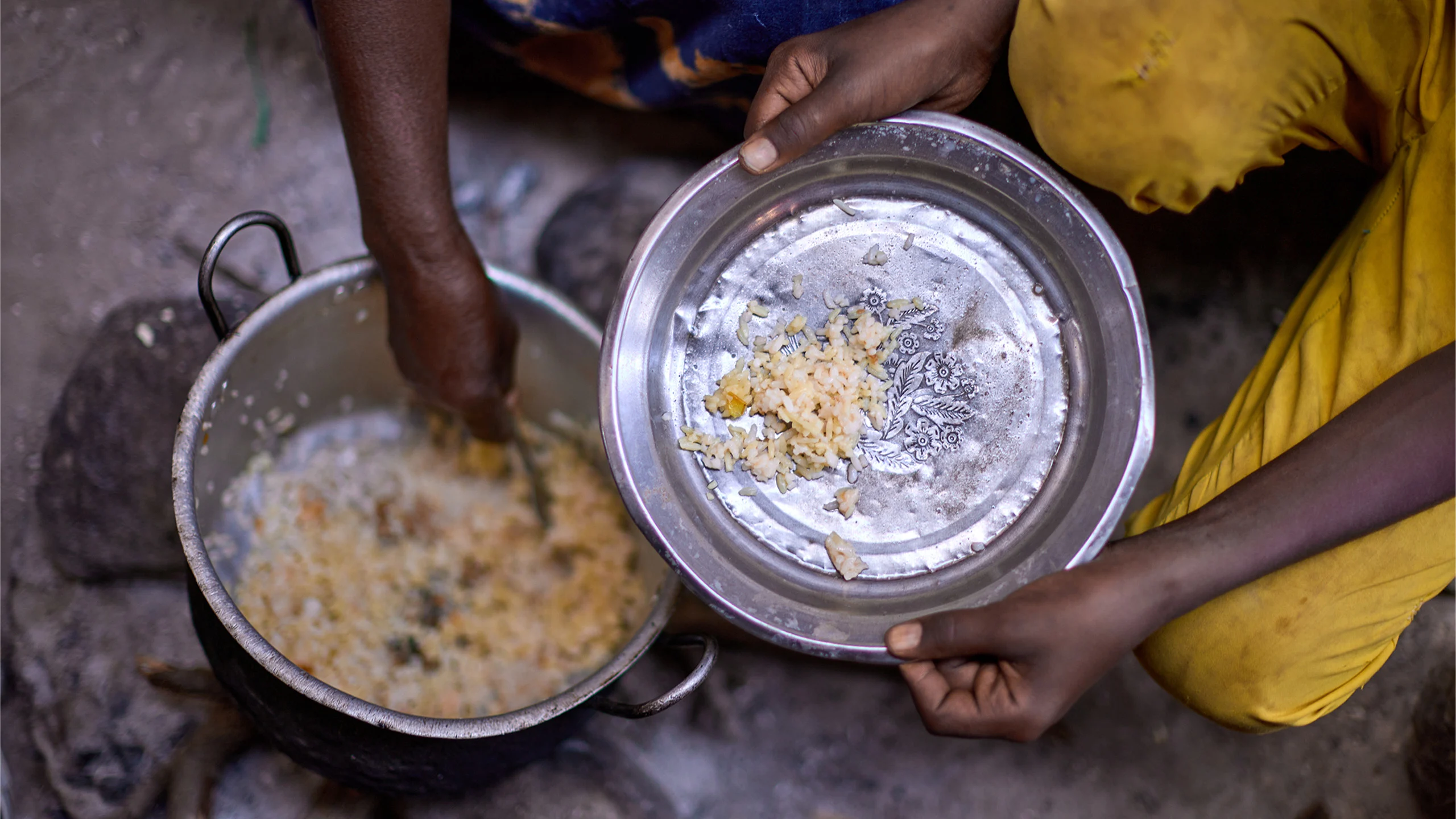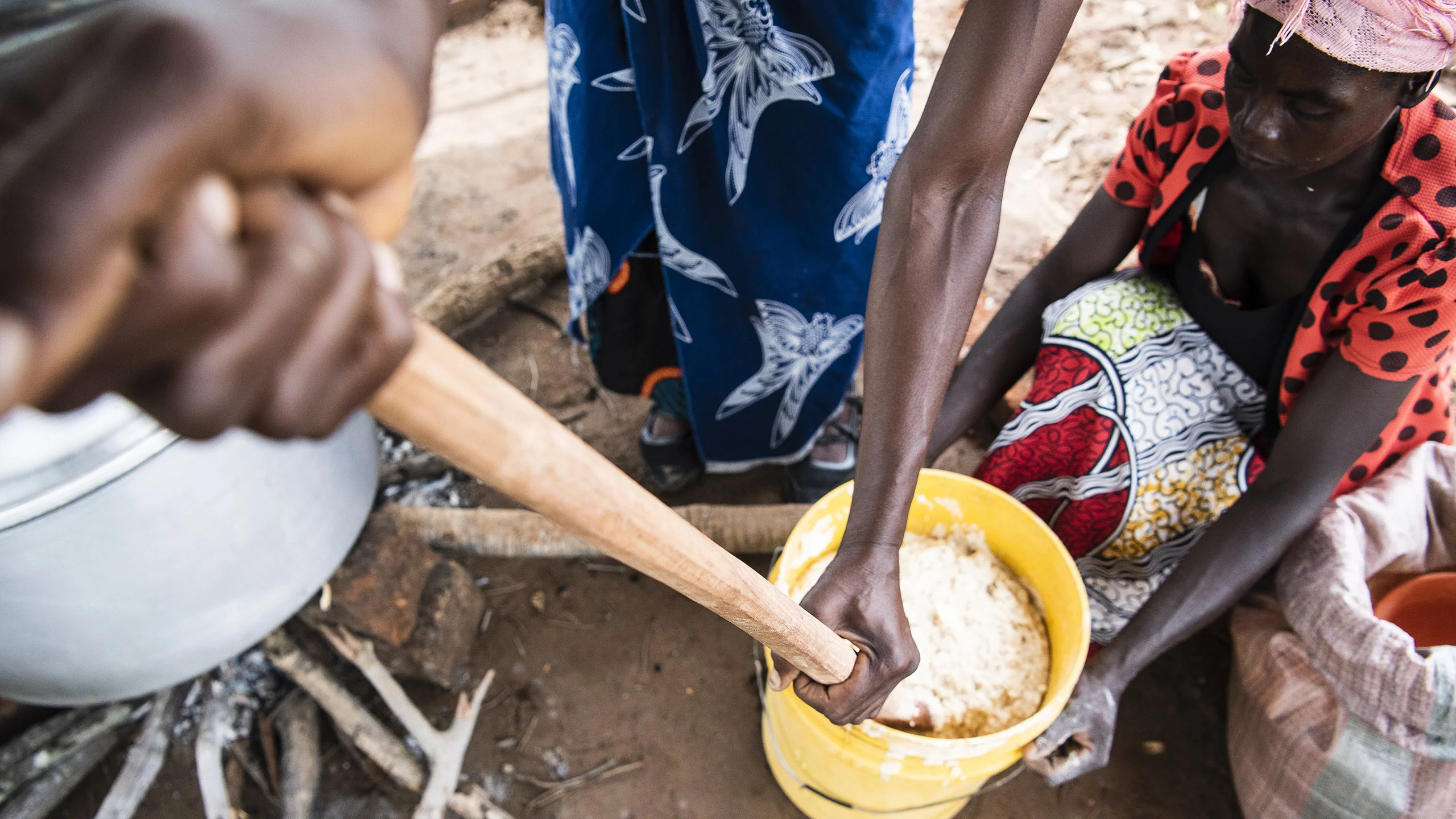Running on empty
The Global Hunger Crisis that is putting generations of vulnerable children and girls at risk.

The COVID-19 pandemic, ongoing climate crisis and now the war in Ukraine have created the perfect storm for global hunger.
It is estimated that as many as 828 million people around the world are in the eye of this storm, and are struggling to find food.
As a result, a staggering 10,000 children are dying of hunger every day.
That’s equivalent to 24 children, or a typical Australian school class,
dying of hunger every 3.5 minutes.
Between school starting at 9:00am and recess at 11:30am today,
the equivalent of 60 classrooms of children will die of starvation.
The hunger crisis in South Sudan is deteriorating rapidly with many people struggling to find food and some surviving on just plant leaves and wild fruits.
A recent assessment from Plan International found that the risk girls face of early and forced marriage as a result of food insecurity is soaring in South Sudan.
As a result, a staggering 4 million girls have already been affected by early and forced marriage in 2022.
That is up from 2.7 million in 2021, an almost 50% increase in less than a year.
In 2011, a quarter of a million people died in a terrible drought-induced famine in Somalia. Half of these people were children under the age of five. A decade later, we’re facing a frighteningly similar situation – only this time, it could be a lot worse. The Global Report on Food Crises for 2022 anticipates we are on the brink of the worst recorded food crisis in history. The head of the UN’s world food program has warned of a famine of 'biblical proportions'.
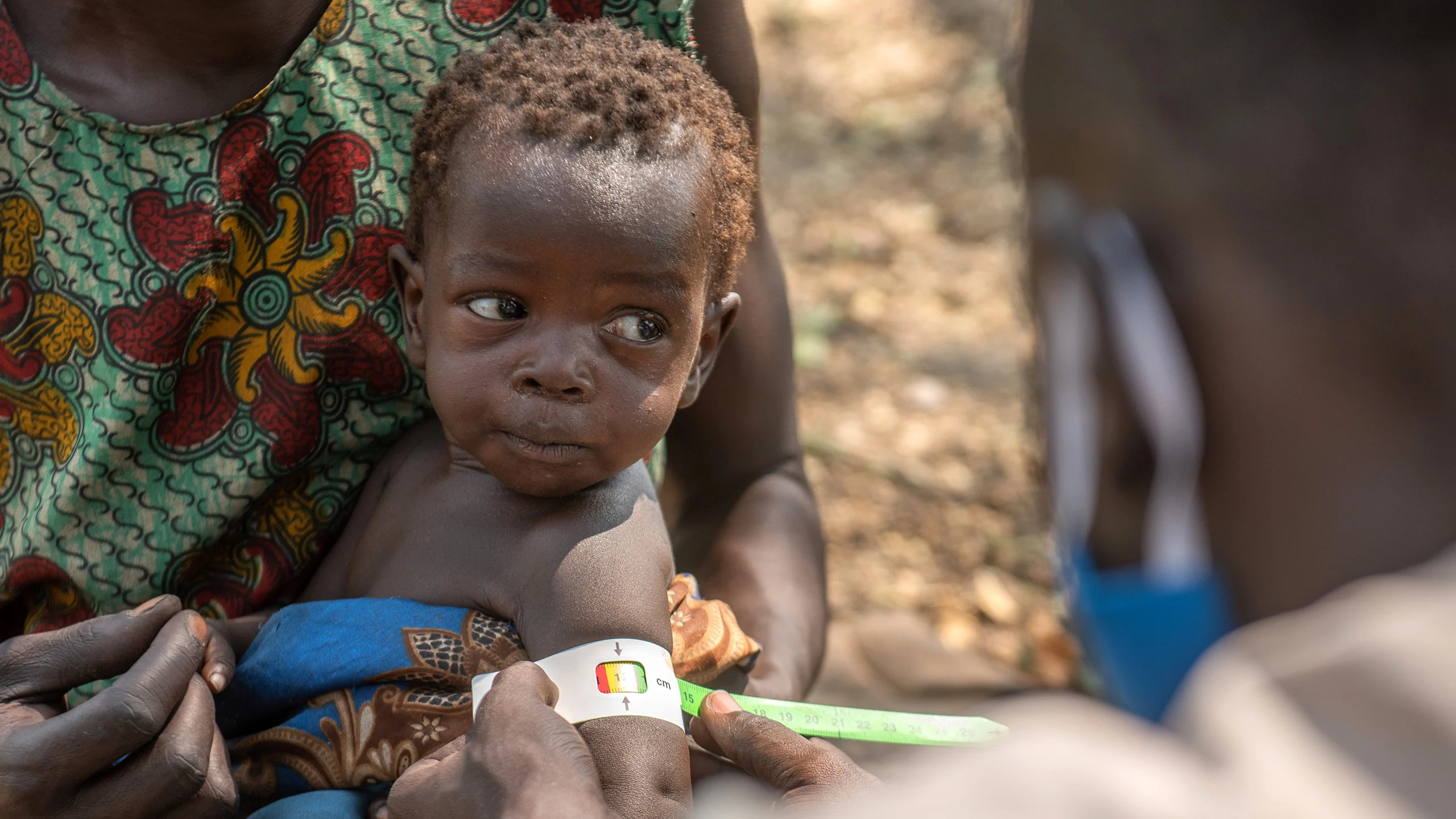
This hunger crisis is being driven by the COVID-19 pandemic, climate crisis and conflict.
Individually these crises would be difficult for countries to manage.
However, their combination is devastating for individuals, families, communities and economies.
They are not individual factors, but intersecting forces that have combined to create new problems such as rising food prices, which have led to food riots. This in turn has created political unrest.
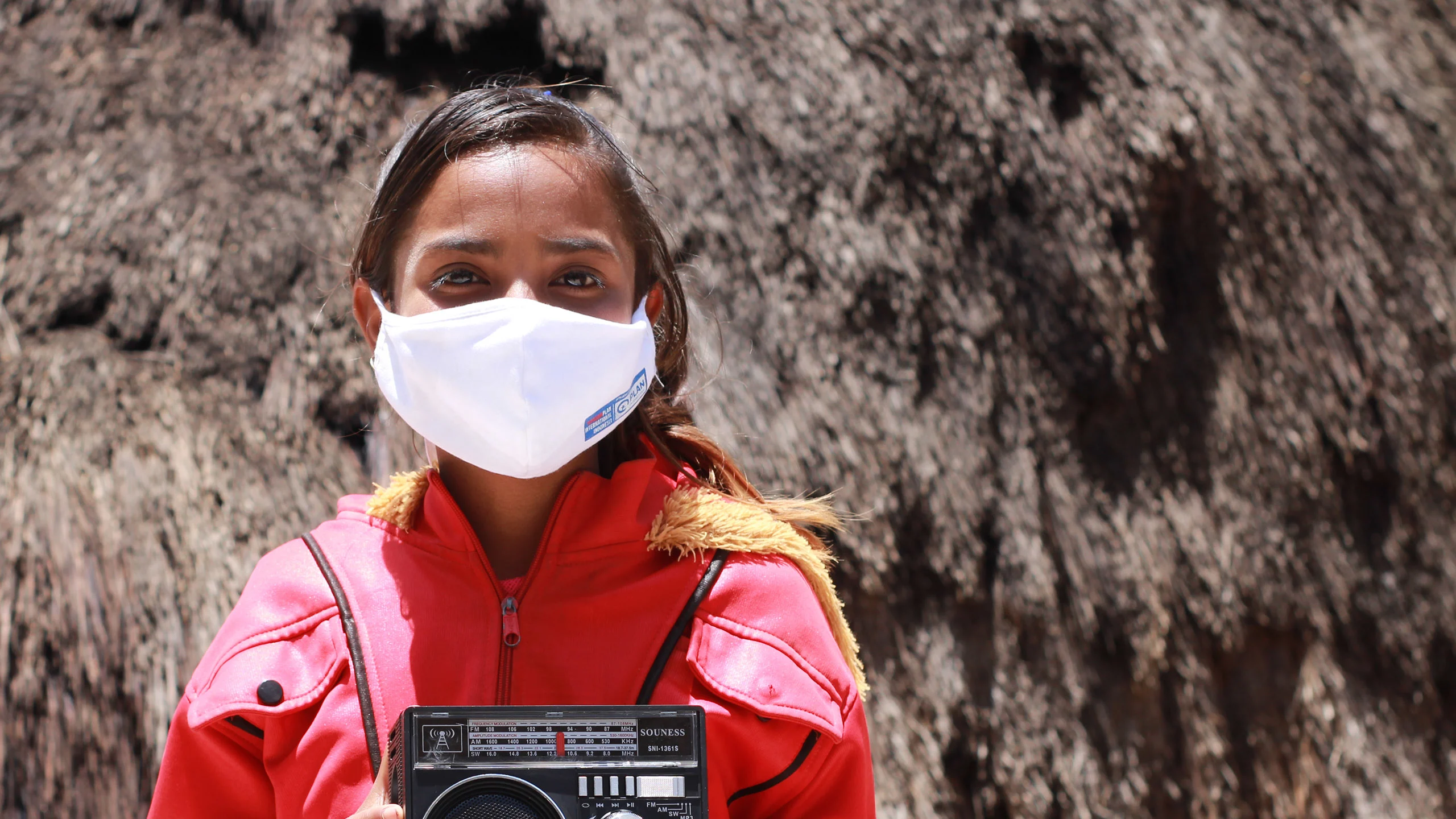
Almost three years into the COVID-19 pandemic, food availability and access has drastically deteriorated.
Women bore the brunt of the pandemic’s effects with their paid and unpaid workloads increasing, their incomes decreasing, and access to nutritious foods being curtailed.
COVID-19 pushed an additional 161 million people into hunger in 2020, the first year of the pandemic. That’s more than 300 people per minute.
Interventions by governments around the world have limited the spread of the virus and saved lives, but they also brought about an unprecedented worldwide economic recession.
This has exacerbated pre-existing malnutrition problems, lowered already low incomes, and worsened gender inequalities and food scarcity.
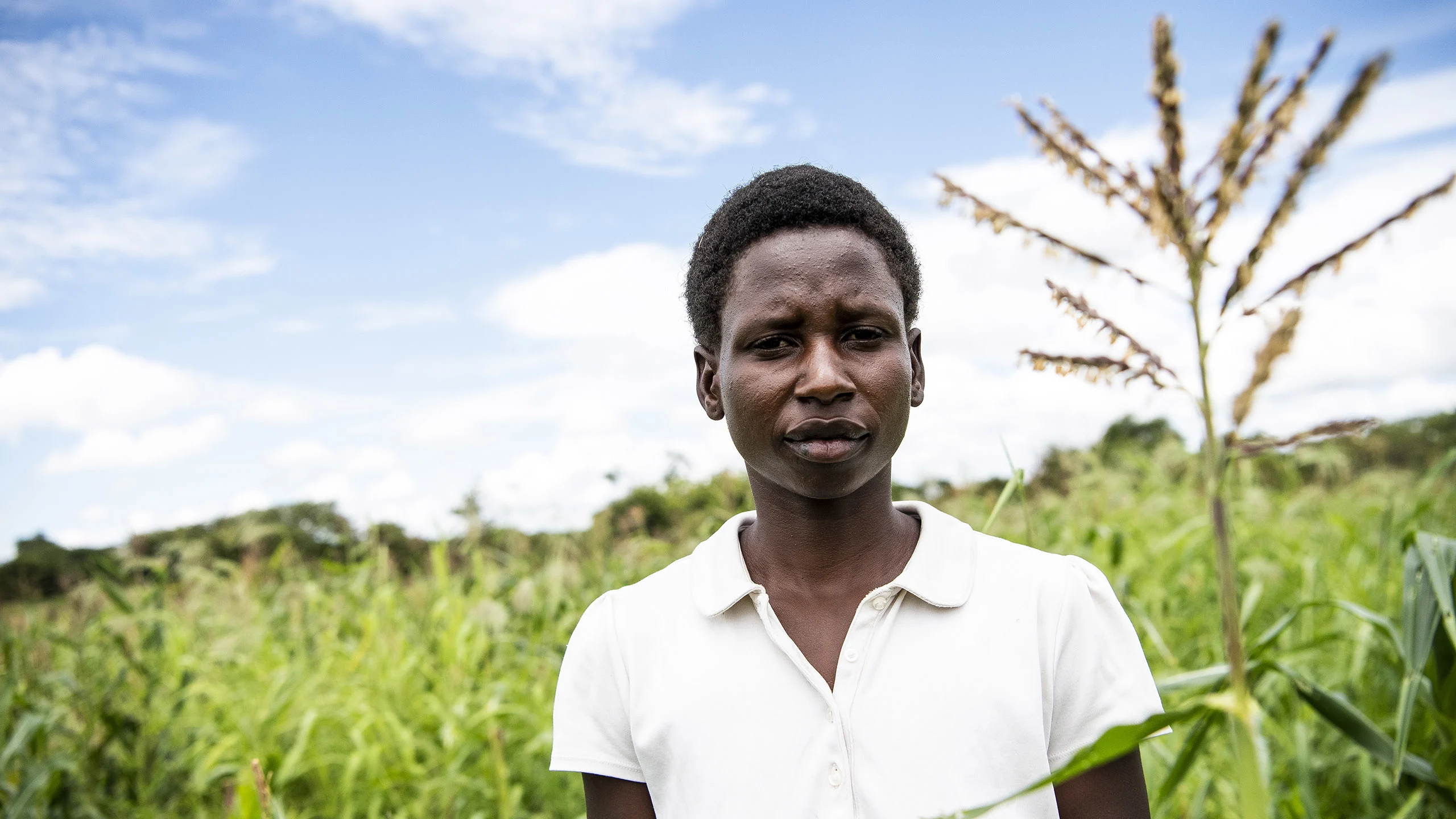
Climate change has majorly disrupted food production across the globe, with the most pronounced changes in crop growth found in sub-Saharan African countries already at high risk of climate impacts on food availability and affordability.
Maize and wheat are a staple component in the diets of people across the globe, but due to the changing climate the future yield projections for both of these crops is in worrying decline.
This comes as food production needs to ramp up by at least 60% to meet the demands of the world’s 9.6 billion people by 2050.
The Global Report on Food Crises (GRFC) for 2022 indicates that the worsening drought and weather extremes are putting some areas across eight African nations at risk of famine.
Consecutive years of below-average rainfall in places such as the Horn of Africa has produced a severe drought, with people facing water shortages, reduced yields on crops and a lack of vegetation for livestock, a critical source of food and income.
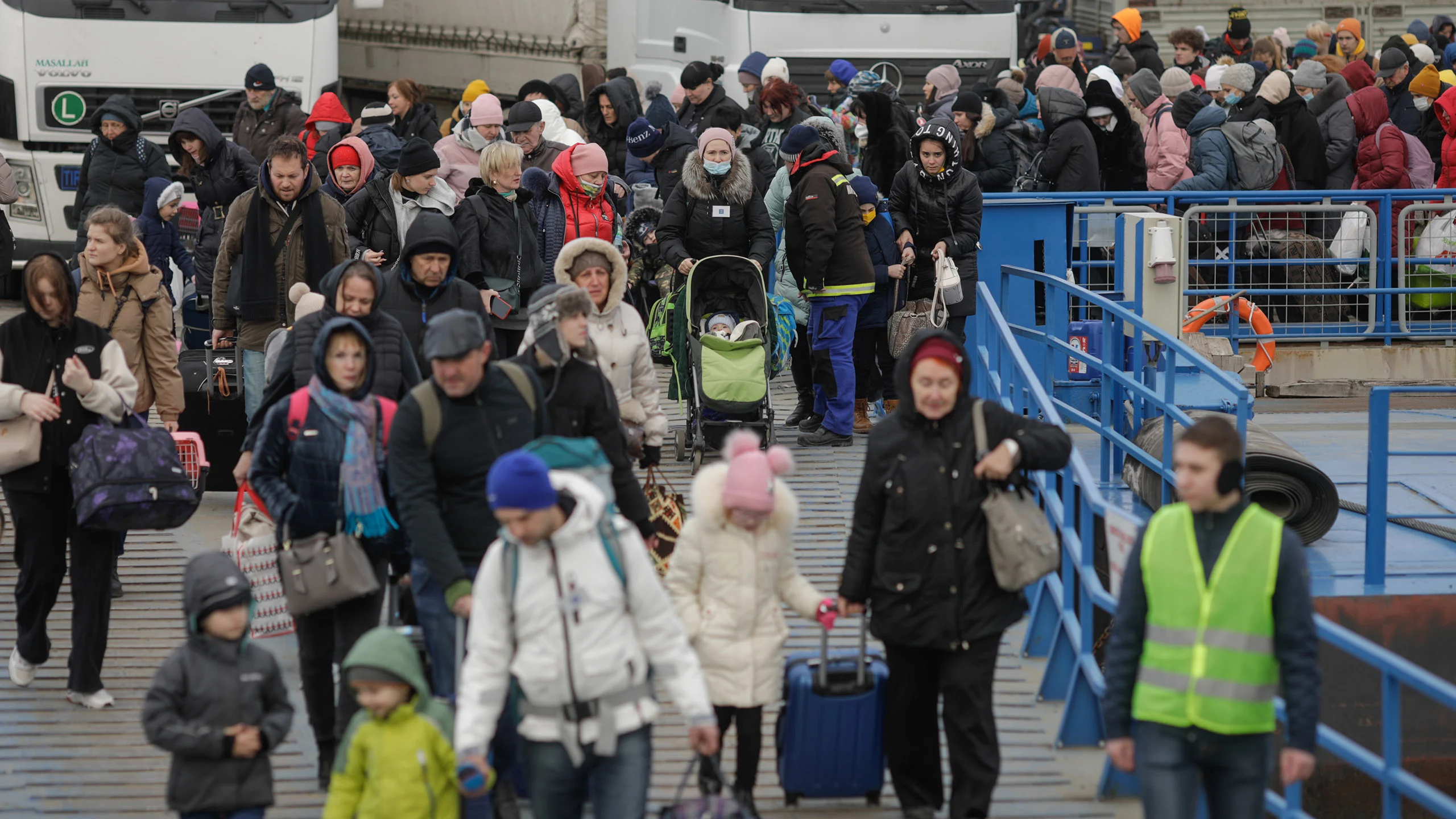
Conflict negatively affects almost every aspect of a food system.
More than half of the world’s undernourished people and almost 80% of stunted children live in countries struggling with conflict, violence or fragility.
The war in Ukraine and its devastating effects have rippled across the global landscape, undermining food security and nutrition efforts.
The UN World Food Programme – the largest humanitarian food agency and largest provider of school feeding programs – buys half of the wheat it distributes globally from Ukraine.
The war has pushed global food prices to new heights and squeezed supplies to countries already struggling with food scarcity.
Since COVID-19 was declared a global pandemic in late January 2020, approximately 7,500 people have died each day from COVID.
By comparison, there are currently 24,000 people dying every single day from hunger.
The result of poverty, the impacts of climate change, protracted conflict and the economic fallout of the pandemic.
Yet where is the shock, where is the outrage? Now, more than ever, we are calling for a drastically escalated response and large scale action to protect lives and livelihoods and support sustainable food systems and production where it is needed most.
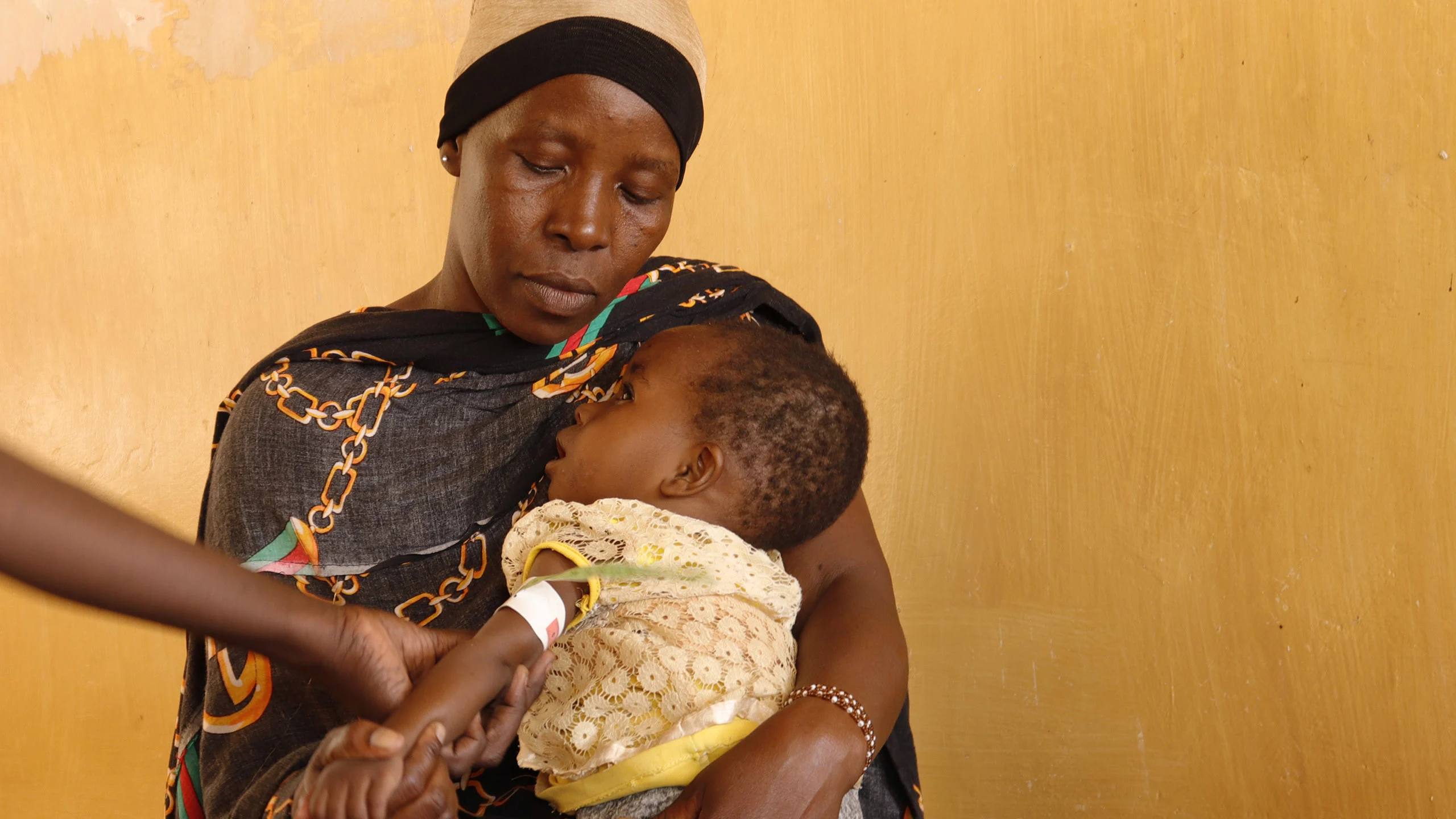
Plan International is already supporting children and their families as they face emergency food shortages in places like the Horn of Africa.
But international relief efforts are critically underfunded.
This means impossible choices are having to be made between feeding the hungry and feeding the starving.
Even if girls are hungry, we only eat leftovers, if there are any left. The younger children eat first … Mothers do the same thing, only eating their children’s leftovers. It affects girls in different ways. Their bodies become malnourished and you can see it from their appearance.
Donate to Plan International Australia's global hunger crisis appeal, and any donation you make will be multiplied by 15 times thanks to our partnership with the World Food Programme.
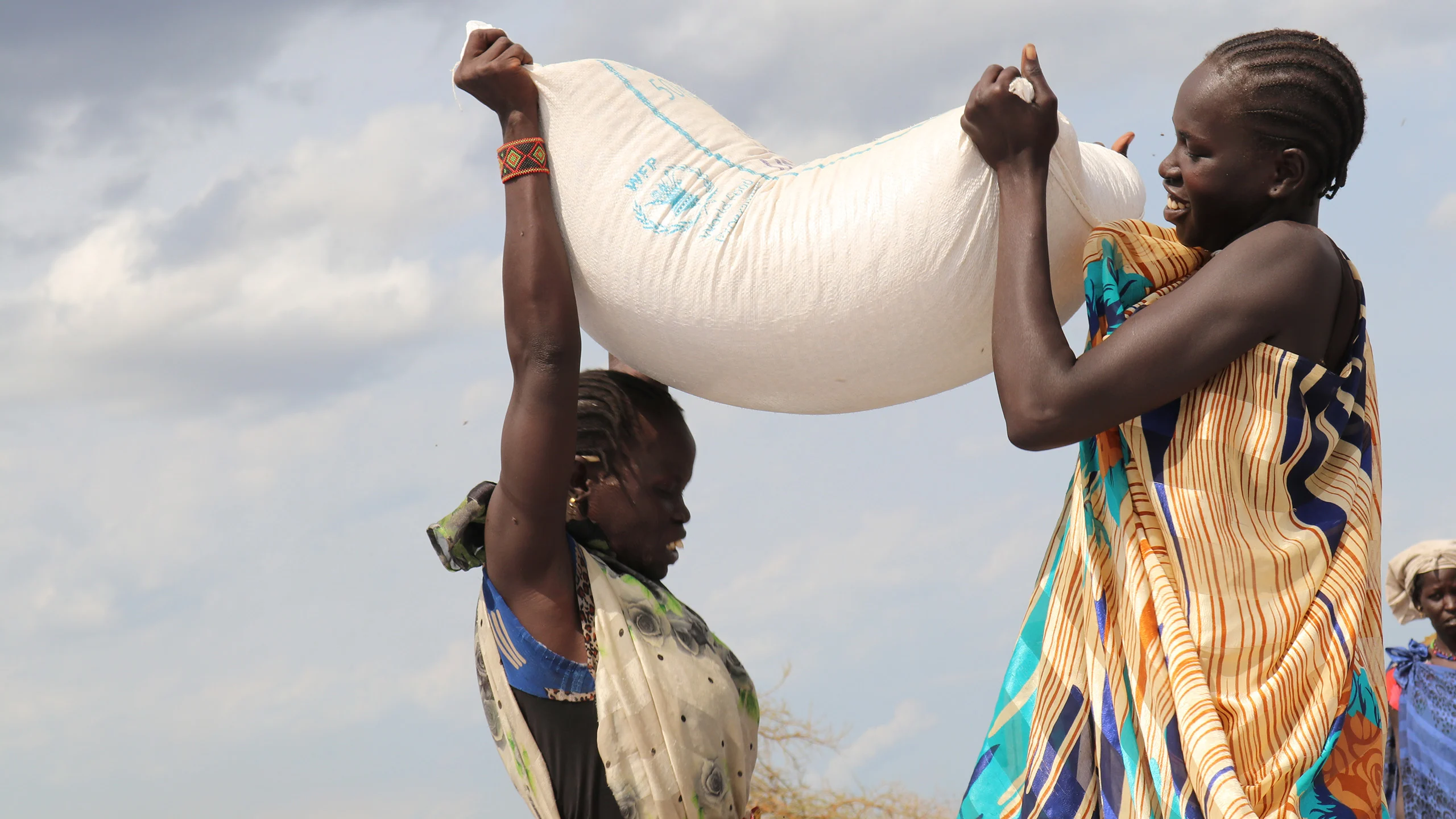
Global food supplies are a very big issue, I have never really seen anything like this before and it is hugely worrying. If we don’t intervene and act now – we are going to see a lot more deaths of children and vulnerable people.
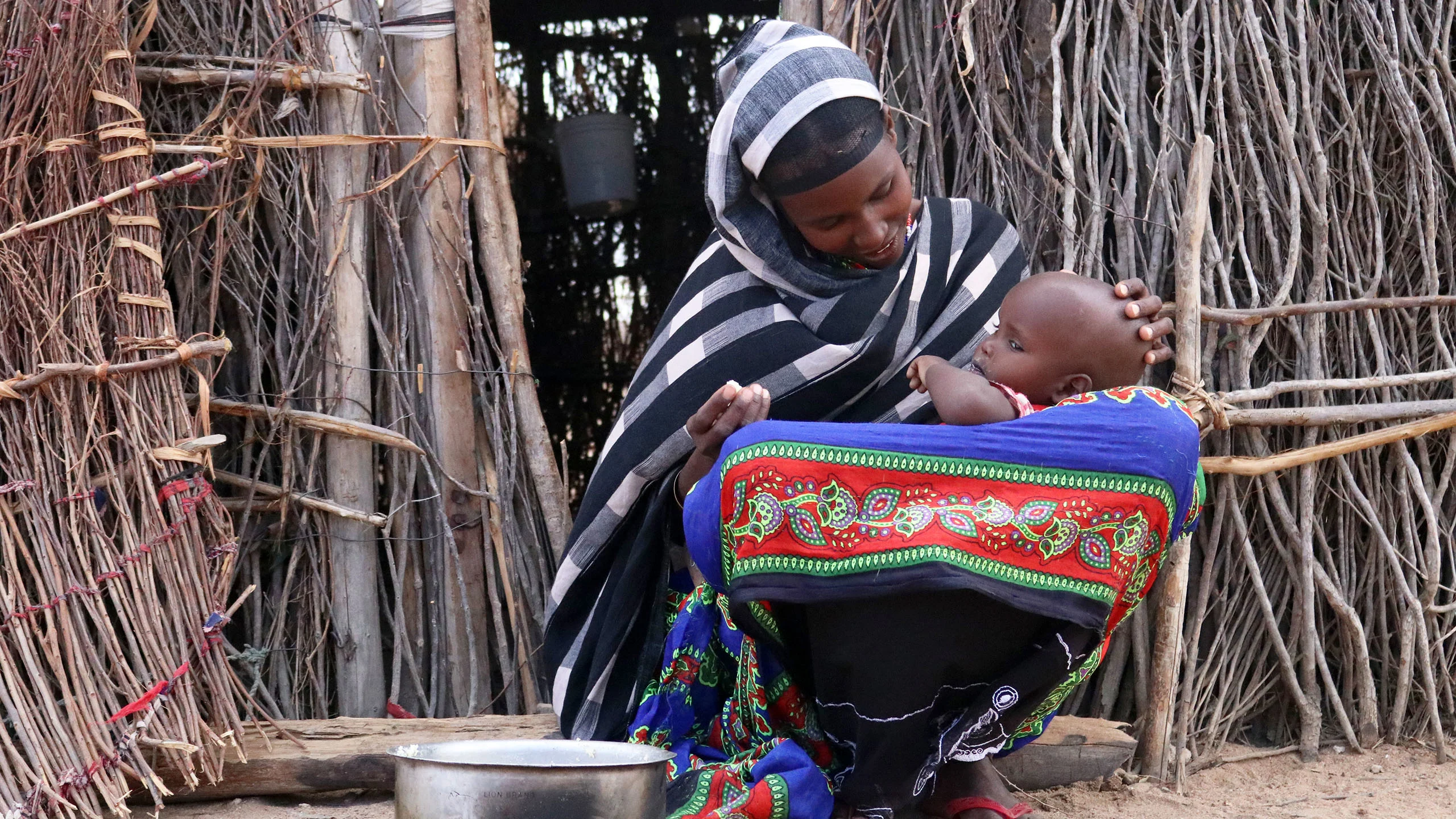
Right now, close to 50 million people in 81 countries are living on the edge of famine.
The number of people facing acute food insecurity has soared from 135 million before the pandemic to 345 million, according to the UN's World Food Programme.
That is more than 13 times the population of Australia.
In Zambia, 48% of the population are unable to meet their basic calorie needs.
And more than 1 in 3 children under the age of 5 are stunted.
In Burkina Faso, 3.3 million are suffering from extreme hunger.
In the broader Central Sahel region of West Africa, 2.5 million people are displaced due to conflict.
46.5% of Guatemalan children under 5 are stunted.
Roughly 66% of the population live on less than US $2 a day.
80% of the population in Mozambique cannot afford an adequate diet.
Over 42% of children under 5 are stunted.
1.4 million children in South Sudan are suffering from acute malnutrition.
7.2 million people are facing a food crisis, the highest number on record.
25% of the population in Lebanon are refugees, and 22% of households are food insecure.
40 million people in Bangladesh are food insecure.
This is putting girls at greater risk of early marriage.
Crisis exacerbates existing barriers and discriminatory practices.
This makes it harder for vulnerable people including women and girls, children and young people, the elderly, LGBTIQA+ communities and people with a disability to respond and recover.
GENDER
In every region of the world during times of food scarcity, women and girls commonly go hungrier than men and boys. 60% of the people facing food insecurity today are women and girls.
Gender norms and entrenched gender inequalities result in girls and young women often eating less and last when food is scarce.
A lack of food puts girls at increased risk of dropping out of school due to costs or being expelled due to low engagement rates. When household incomes drop and food is scarce, girls are at a greater risk of their families selling them into early or forced marriages, putting them at risk of early pregnancy.
Across the board women are excluded from decision making around food and nutrition, have limited access to education, lower access to resources and services and can be subjected to gender-based violence.
The experiences of trans, gender diverse and non-binary people are not consistently captured in food security data reporting – collecting data from this community can put them at risk of further discrimination. However it is well known that their experiences of gender-based discrimination and inequity result in higher rates of poverty and poorer health and wellbeing outcomes.
CHILDREN
Hunger has serious impacts on the health of millions of children around the world, with irreversible effects on their physical growth and brain development.
Malnourished children are more vulnerable to diseases like diarrhoea, malaria, pneumonia and measles, and if they do get to school they struggle to have the energy to learn effectively.
Stunting is largely irreversible and the outlook for children with stunted growth is bleak. It is associated with an underdeveloped, diminished mental ability and learning capacity, and increased risks of nutrition-related chronic diseases, such as diabetes, hypertension and obesity in the future.
COVID-19 has worsened conditions for children suffering chronic hunger, with The Food and Agriculture Organization of the United Nations estimating an additional 5 to 7 million children becoming stunted during the pandemic.
DISABILITY
People with disabilities are at a greater risk of malnutrition and food insecurity as they are often over represented in unemployment and low earnings data.
As well as experiencing difficulty in accessing food distribution and other food sources such as supermarkets, infants, children and youth with disabilities don’t always benefit from school-based nutrition programs because they are less likely to attend school.

In response to this crisis, Plan International Australia is calling on the Australian Government to:
Immediately commit to urgent famine relief in hunger hot spots.
Develop a strategy that complements global efforts to address the root causes of food insecurity, and commit to funding it over a three year period.
Increase investment in critical school feeding programs.
Prioritise funding for gender responsive programming that is integrated into food and nutrition programs.
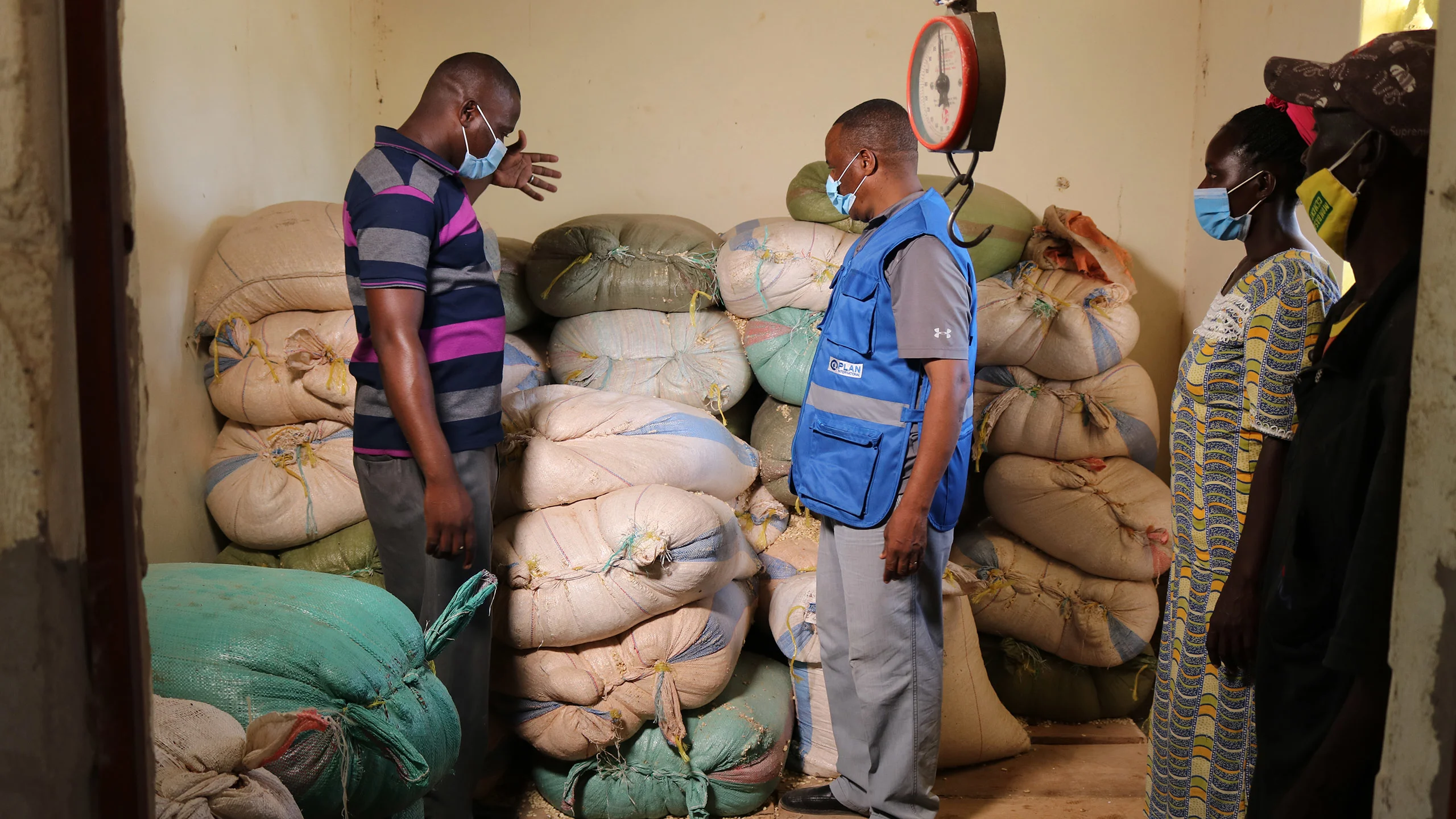
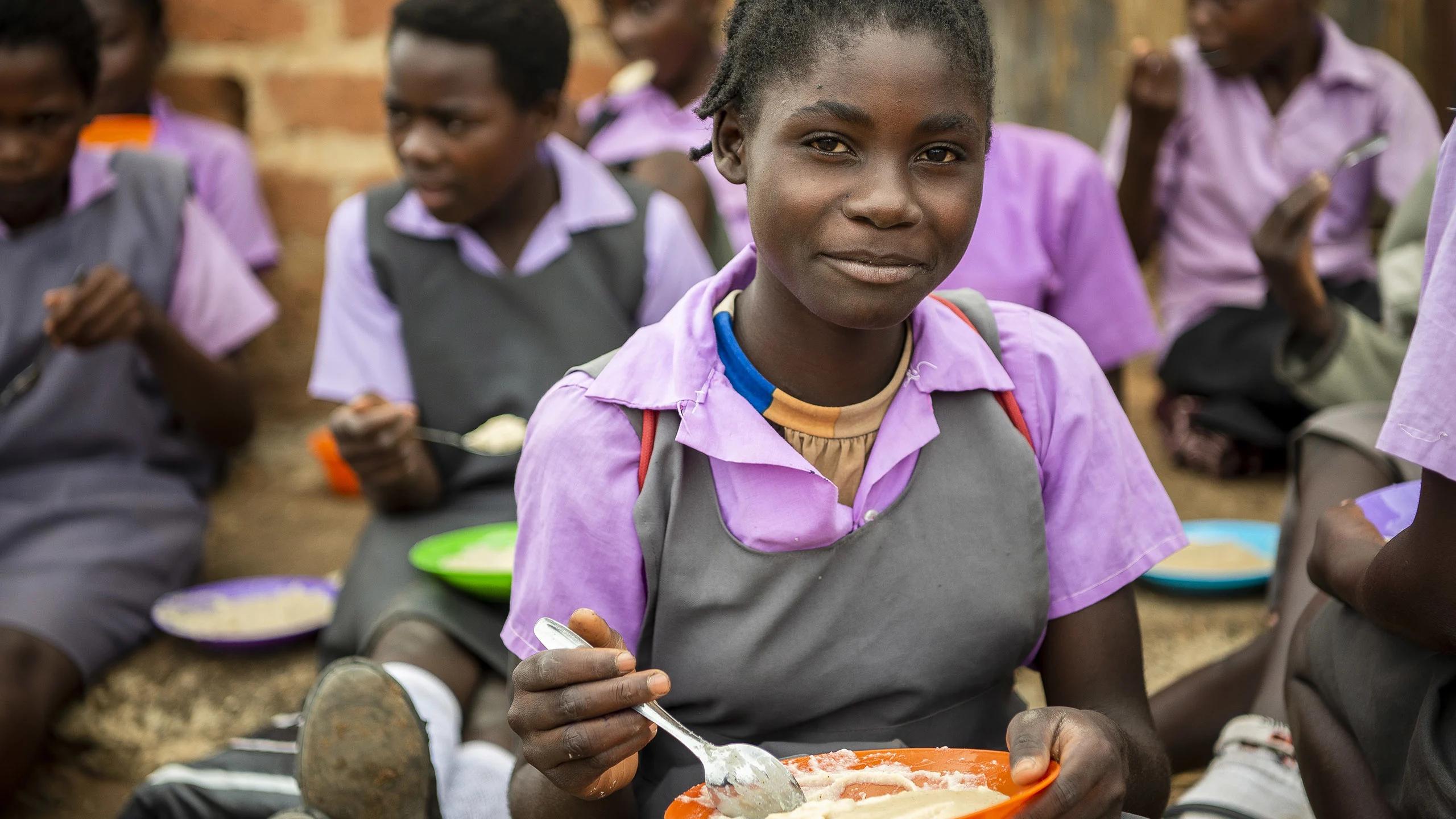
To download the full report Running on Empty, follow the link below.
Donate now to Plan International Australia's Global Hunger Crisis Appeal.
references
United Nations Global issues: Food.
United Nations Losing 25,000 to Hunger Every Day.
Early and forced marriage increase due to food insecurity in South Sudan Plan International: https://plan-international.org/news/2022/07/19/early-and-forced-marriage-increase-due-to-food-insecurity-in-south-sudan/
Global Network Against Food Crises and Food Security Information Network The Global Report on Food Crises 2022.
Food and Agriculture Organization of the United Nations and World Food Programme (2022) The impact of COVID-19 on gender equality and food security in the Arab region with a focus on the Sudan and Iraq.
Elkins, Paul (16 December 2021) How climate change and extreme weather may lead to food shortages and escalating prices. The Conversation.
Food and Agriculture Organization of the United Nations (2021) The state of food security and nutrition in the world.
Human Rights Watch (28 April 2022) Ukraine/Russia: As War Continues, Africa Food Crisis Looms.
World Health Organisation WHO Coronavirus (COVID-19) Dashboard.
World Economic Forum (29 April 2022) 47 million people in the world are on the edge of famine. What can be done?
World Food Program USA Women are hungrier.
Plan International (2018) Adolescent Girls in Crisis: Voices from South Sudan.
UNICEF Stop stunting.
United Nations Office of the High Commissioner of Human Rights (2020) Policy guidelines for inclusive Sustainable Development Goals: Food and nutrition.
